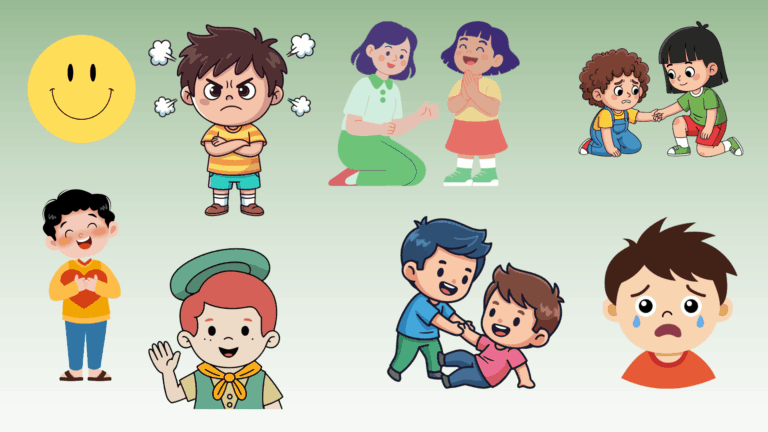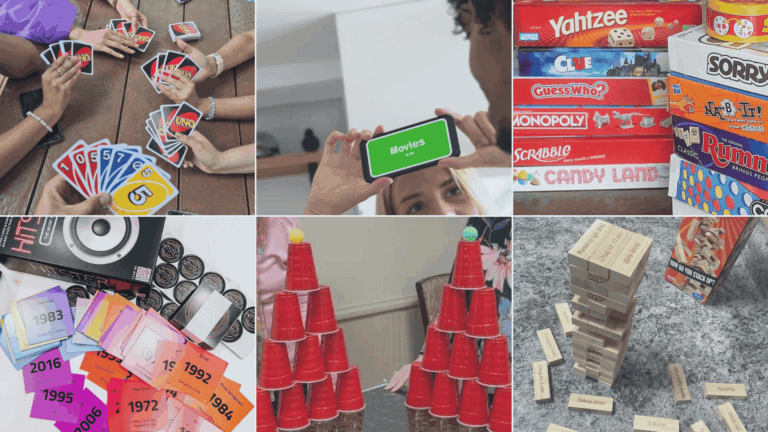Finding the right rhyme can make or break your creative work. If you’re penning a poem, crafting song lyrics, or working on a children’s story, the perfect rhyme adds flow and memorability to your words.
That’s where easy rhyming words come in handy. These are the go-to rhymes that feel natural and don’t force your audience to stretch their imagination. They’re the building blocks that help writers find their rhythm without getting stuck on tricky wordplay.
We’ve put together a list of words that rhyme with “easy” – from the obvious favorites to some clever alternatives you might not have considered.
These examples will streamline your creative process and provide you with numerous options to choose from.
Why Rhyming Words Matter in Child Development?
Rhymes are the heartbeat of great poetry and lyrics. They create a rhythm that pulls readers along and makes words stick in your mind long after you’ve heard them.
In classrooms, teachers use easy rhyming words as powerful learning tools. Kids naturally gravitate toward rhymes because they’re fun and predictable.
This helps them develop phonetic awareness and recognize sound patterns. Plus, it makes learning feel like play rather than work.
For creative writers, simple rhymes like those with “easy” open doors to accessibility. Not every poem needs complex wordplay. Sometimes, the most effective writing uses straightforward rhymes that everyone can enjoy and understand.
Rhymes make your work more engaging and help readers feel the natural flow of language.
Different Categories of Rhyming Words with Easy

Not all rhymes are created equal. Let’s break down the different types you can use when working with “easy.”
Perfect Rhymes
These are your best friends. These words match “easy” exactly in sound and feel natural when you say them out loud. They’re straightforward and work well in most contexts.
1. Cheesy
2. Peasy
3. Squeezy
4. Greasy
5. Breezy
6. Teasy
7. Freezy
8. Sleazy
9. Queasy
10. Wheezy
Near Rhymes
It gives you more flexibility. They don’t match perfectly but create a pleasing sound connection. These can add variety to your writing and prevent that sing-song feeling that sometimes comes with perfect rhymes.
11. Crazy
12. Hazy
13. Daisy
14. Lazy
15. Dizzy
16. Fizzy
17. Wavy
18. Tasty
19. Classy
20. Flashy
21. Busy
22. Noisy
23. Nasty
24. Sassy
25. Weepy
26. Creepy
27. Sneaky
28. Leafy
29. Frizzy
30. Squeaky
Each category serves different purposes. Perfect rhymes for clarity, near rhymes for variety, and multi-syllable options for complexity.
How to Use Easy Rhyming Words in Creative Projects
Use easy rhyming words to add rhythm, fun, and flow to poems, songs, or catchy taglines. They’re perfect for making your creative projects more engaging, memorable, and playful.
Poetry Writing
It gets smoother when you build around simple rhymes. Start with “easy” as your anchor word, then let the rhymes guide your ideas.
Try alternating rhyme schemes, such as ABAB, or opt for couplets for added punch.
Don’t force complex metaphors – sometimes, “life is easy when the morning’s breezy” works better than overthinking it. Keep a rhyme list handy while drafting.
Songwriting
It thrives on these accessible rhymes. “Easy” and “breezy” create instant flow that listeners can follow.
Place your strongest rhymes at the end of phrases where they’ll hit hardest.
Mix perfect and near rhymes to avoid predictability. A line like “love feels easy, never sleazy” gives you both rhythm and meaning without sacrificing either.
Educational Activities
It comes alive with rhyming games. Create fill-in-the-blank worksheets that kids can complete.
Try rhyme-time activities where students match words or create silly sentences. Make it physical with rhyming hopscotch or memory games. The key is keeping it playful while reinforcing sound patterns.
Each approach builds on the natural appeal of rhymes while serving different creative goals.
Simple Tips for Finding Easy Rhyming Words
Once you’ve mastered basic rhyming, it’s time to find more sophisticated techniques. These strategies will help you create more nuanced and impactful writing while avoiding the trap of forced rhymes.
- Welcome slant rhymes when perfect ones feel forced: Near-matches like “maybe” and “lately” often sound more natural than struggling for exact rhymes.
- Use internal rhymes for smoother flow: Try rhyming within lines like “Easy breezy summer days” instead of just at the ends.
- Layer in alliteration and assonance: “Effortlessly easy” creates flow through repetition without perfect rhyming.
- Break patterns strategically: Unexpected unrhymed lines stand out powerfully and create emphasis where you need it most.
- Study rule-breakers like Emily Dickinson: She proved that approximate rhymes often sound more natural than forced, perfect ones.
- Trust your ear over textbook rules: If a slant rhyme feels right when read aloud, it probably is.
Conclusion
Mastering easy rhyming words is just the beginning of your creative journey. You’ve got perfect matches, near rhymes, and advanced techniques in your toolkit now.
Don’t get trapped trying to force every line into a perfect pattern. Sometimes a slant rhyme hits harder than an exact match. Sometimes, breaking the pattern altogether creates the most memorable moment.
Your writing will improve as you experiment with these different approaches.
Start simple, then push boundaries. If you’re crafting poems, songs, or teaching kids, these rhyming strategies will help you connect with your audience.


















